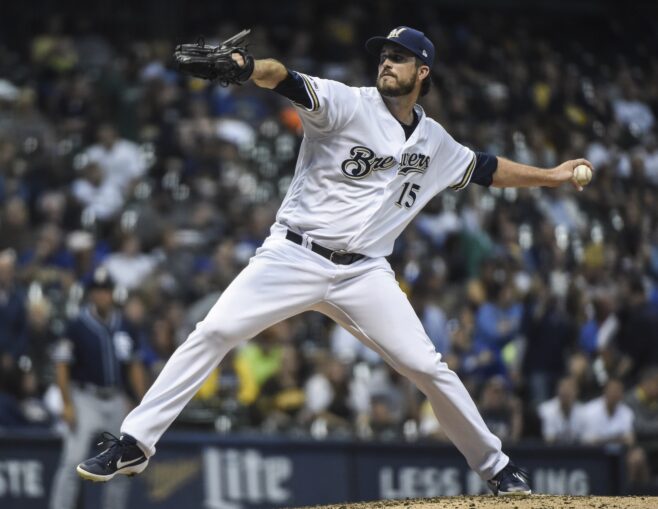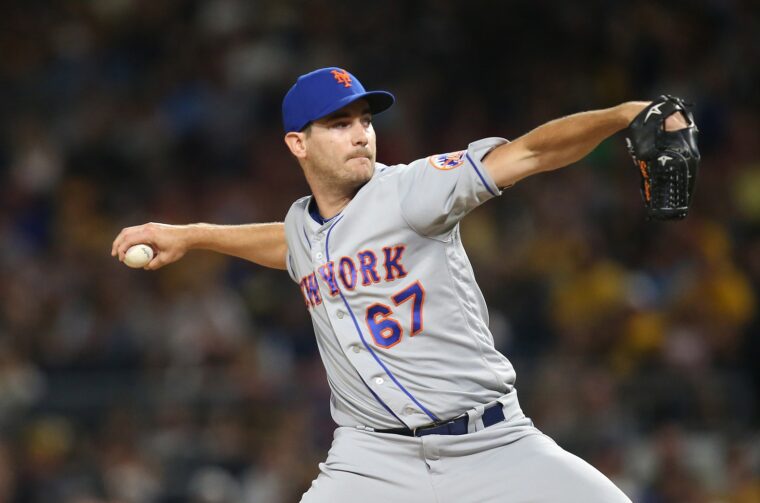
Bullpens are one of the hardest things in baseball to construct. Relievers are so volatile that you are almost expecting someone who was elite the year prior to regress. I mean, Seth Lugo was a 34th round pick and Nick Anderson (owner of a 41.7 strikeout percentage in 2019) was independent baseball as recently as 2015.
Meanwhile, Edwin Diaz saw his stats sky rocket. Safe to say, you can’t predict the success of relievers without any kind of certainty.
One of the guys who was a big surprise in 2019 was Drew Pomeranz. Pomeranz was a soft-tossing, back-end starter for the Giants, but the Brewers traded for him on July 31st. Most fans brushed off the trade as just something that a team, desperate for arms, was doing (myself included). The results were nothing short of miraculous though.
In 26.1 innings for the Brewers, Pomeranz had a 45 K%, a 2.39 ERA, 2.68 FIP, and saw his fastball velocity climb. The guy who was known for throwing 91 MPH started averaging 94 MPH and reached back for 96-97 MPH at times.
The Padres rewarded this new look Pomeranz with a four-year deal worth $34 million. While I loved what Pomeranz did, I’d much rather try and find the next Pomeranz than spend that much money on Pomeranz himself (and we know the Mets are limited). Pomeranz had great movement on his primary pitches even before becoming a reliever so without further ado, lets meet our candidates:
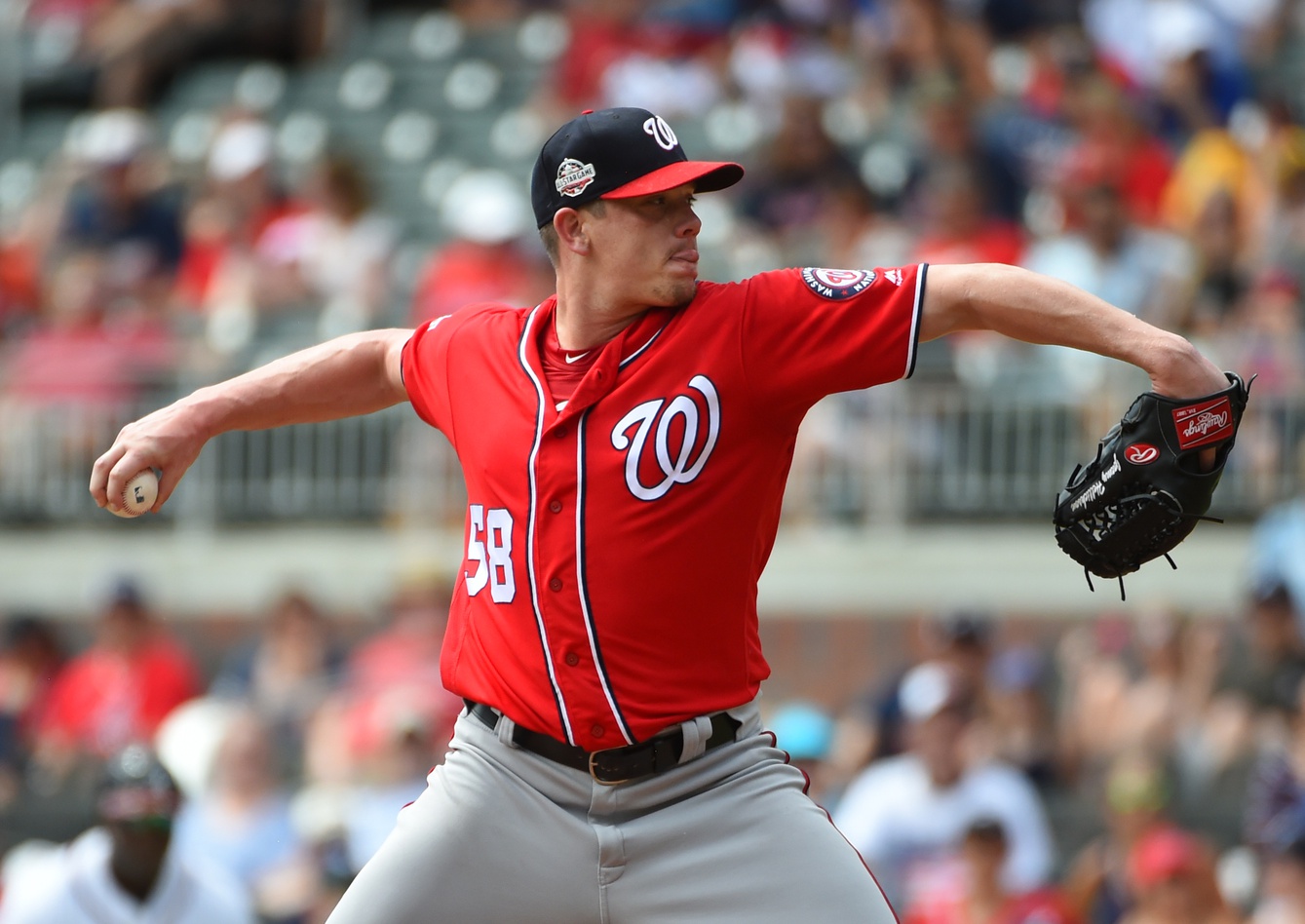
Hellickson has a similar back story to Pomeranz. Once a top prospect, Hellickson has been living on one year deals since his days in Tampa. He actually missed most of last year with a shoulder injury before returning in September with the defending champion, Nationals.
Hellickson’s curveball and his cutter are of particular interest. His curveball dropped 4.7 inches compared to the average last season. That mark was the 44th highest (out of 325) in baseball last year. His cutter rose 6.8 inches compared to average in 2019 too. Much higher than the aforementioned Pomeranz’s cutter.
His sinker is the pitch that has virtually no movement in both the horizontal and vertical axis. His velocity is also going against him so perhaps a move to the bullpen would benefit him greatly. Hellickson could be worth a minor league contract and at the very least, provides competition for some of the other relievers on the roster bubble for New York.
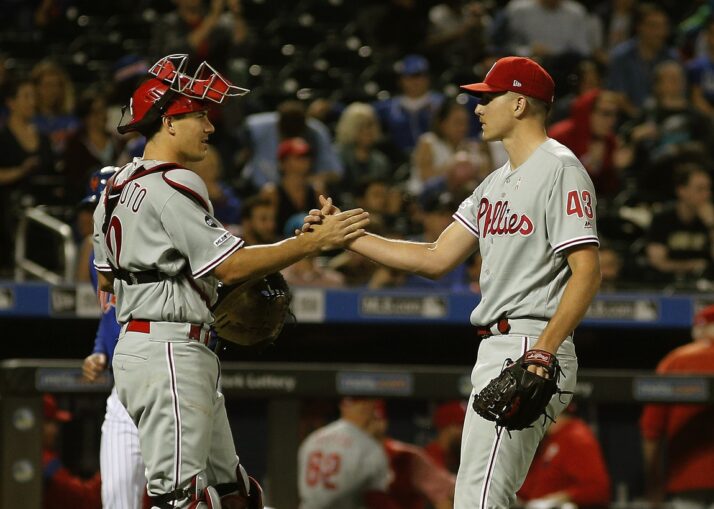
Pivetta might be the most intriguing guy here. He already averaged 94 MPH on his fastball as a starter. Philly seemingly gave up on his future as a starter and has moved him to the bullpen. There, he had appearances where he was hitting 96-97 on the gun.
The cherry on top is how well his pitches move. His fastball rises 1.8 inches compared to the average and breaks 3 inches more than average. His curveball drops 6.2 inches compared to average and breaks 3.6 inches in the horizontal direction. He’s always been a guy that people believe will break out and perhaps 2020 is that year. The Mets should definitely inquire on what it would cost to acquire him from Philly.
Not much of a sample size in 2019 due to a knee injury and he doesn’t have a ton in terms of pitch movement. That said, he averages 92-93 from the rotation, he’s been a valuable asset as recently as 2016, and he’s a former top prospect who’s been latching on with minor league deals. Absolutely no risk in bringing him in for a spring training battle and seeing if he can find some magic out of the bullpen.
Smyly had some really promising stretches at times but injuries have just gotten in his way from making his mark. Smyly still averaged more than a strikeout per inning last year but his walks just kept getting in the way. That said, Smyly’s fastball still rises 1.8 inches and his cutter rises 3.2 inches. Like Moore, he does not have a massive sample to examine in recent years but he seems like a guy who would benefit a change to the bullpen.
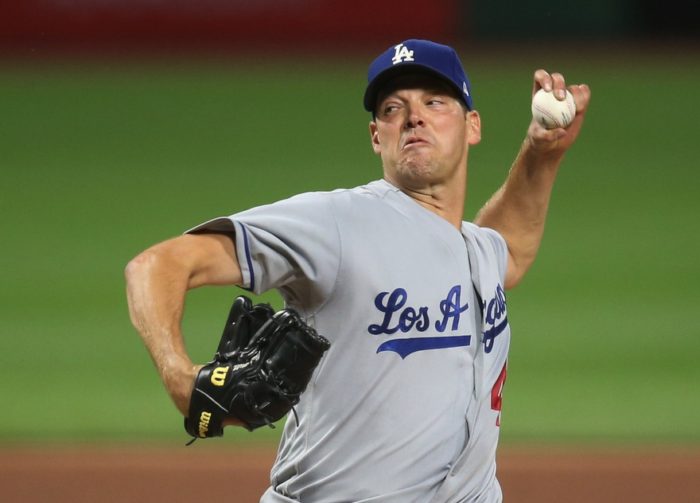
Can you say, Dick Mountain? Hill’s story has been pretty well known by now. He was in independent ball until 2015 and then revived his career thanks to a bunch of small contracts. He finally got his money with the Dodgers and he’s been great whenever he takes the mound. Health has been an issue for the 39 year old but the dude can still pitch. There’s no denying that aspect.
In just 58.1 innings in 2019, Hill still managed to rack up a 1.3 WAR. Unfortunately for Hill, he was diagnosed with a partially torn UCL and will likely not be game ready until next June. But he’s still a hot commodity as Dodger Blue details for us.
This is largely due to his pitches moving like crazy. Hill’s curve drops 4.1 inches and breaks 7.4 inches horizontally. His fastball does not move as well but if the Mets are looking for 50-60 really good and really cheap innings (which we know they are), then Dick Mountain is the answer.
There were two more guys on this list: Martin Perez and Junior Guerra. Unfortunately, the Red Sox and Diamondbacks signed those two before I could finish my multivariate final. I am a firm believer in throwing has much against the wall as possible and seeing what sticks. All of these guys listed above have a decent shot at sticking for a very minimal cost.


